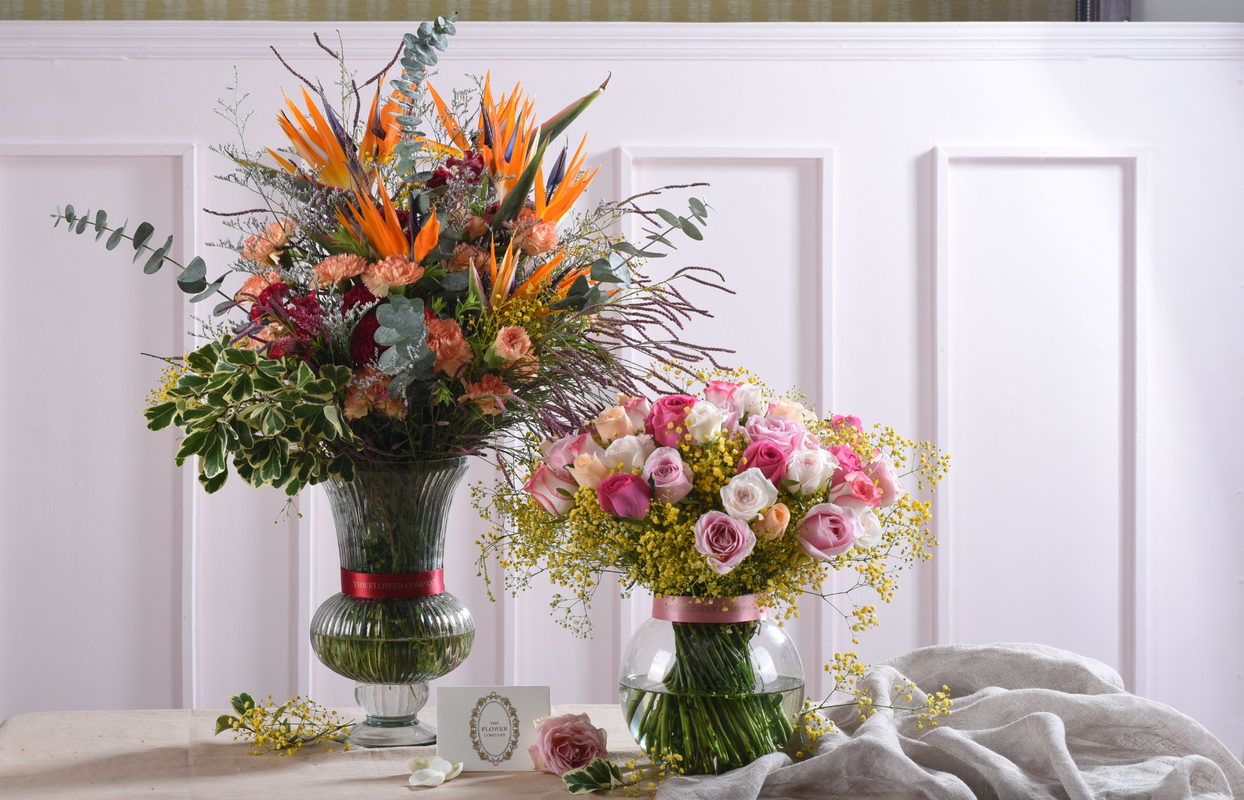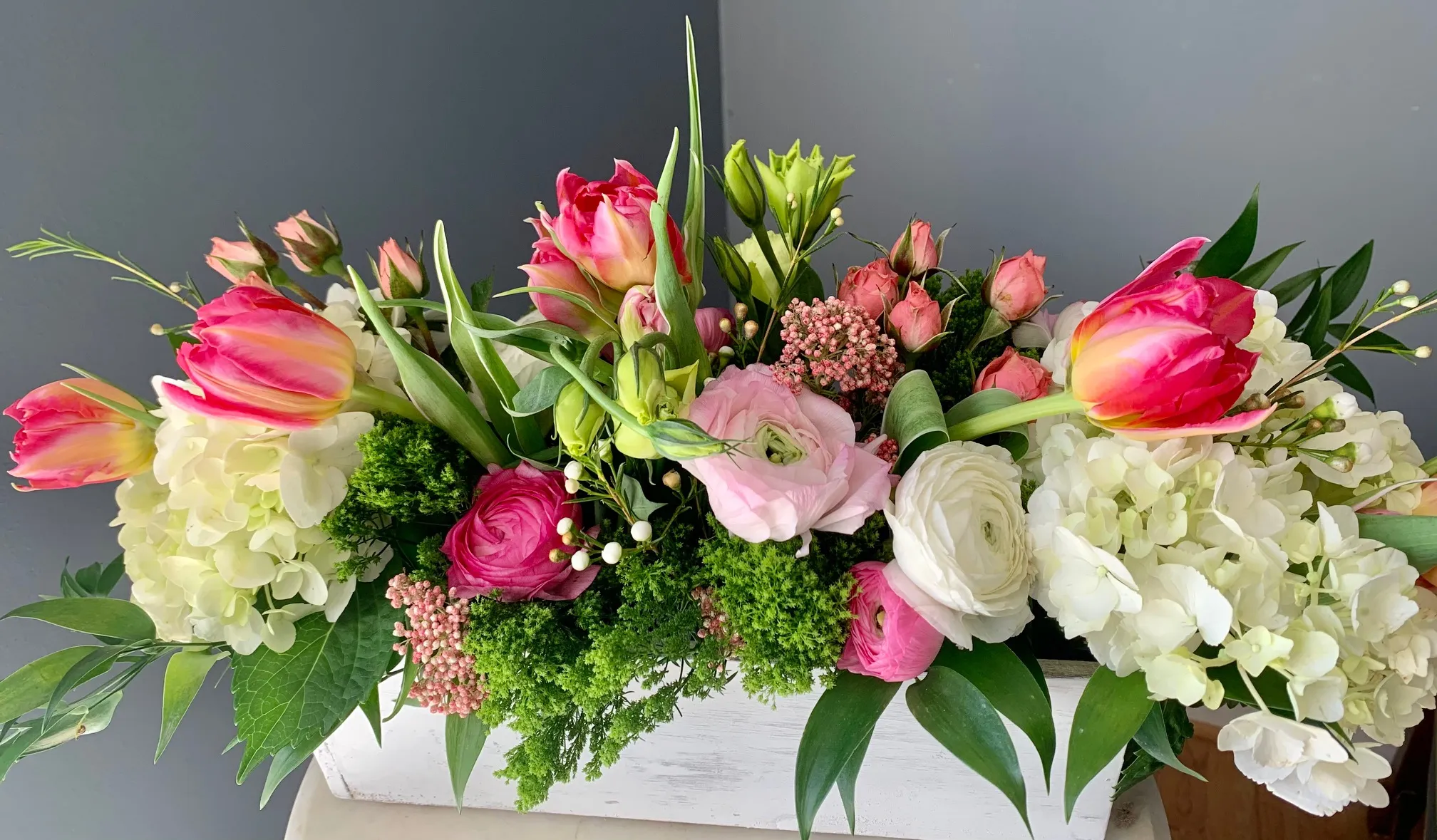Maintaining and caring for flower boxes in Singapore requires specific attention to the tropical climate, which is characterized by high humidity, frequent rainfall, and consistent temperatures. Proper care ensures that flower boxes remain vibrant and healthy, enhancing the beauty of homes and public spaces. Explore a variety of flower boxes available in Singapore.
1. Choosing the Right Plants
Select plants that thrive in Singapore’s tropical climate. Opt for hardy, tropical, and subtropical species that can withstand high humidity and heat. Suitable options include bougainvillaea, hibiscus, orchids, and various ferns. Explore a variety of flower boxes available in Singapore. Additionally, consider native plants, as they are naturally adapted to the local conditions and require less maintenance.
2. Proper Soil and Drainage
Use a well-draining potting mix to prevent waterlogging, which is common due to frequent rains. A mix containing peat, perlite, and compost works well. Ensure that the flower boxes have drainage holes to allow excess water to escape. Elevate the boxes slightly off the ground to enhance drainage further.
3. Watering Practices
Watering is crucial but needs to be balanced to avoid overwatering or underwatering. During dry spells, water the plants early in the morning or late in the evening to reduce evaporation. In the rainy season, reduce watering frequency. Check the soil moisture regularly; it should be moist but not soggy.

4. Fertilization
Regular fertilization is essential for the growth and flowering of plants. Use a balanced, slow-release fertilizer every 4-6 weeks. Additionally, organic compost can be mixed into the soil to improve nutrient content. Be mindful of over-fertilizing, which can harm the plants.
5. Pruning and Deadheading
Regular pruning helps maintain the shape and size of the plants and encourages new growth. Remove dead or yellowing leaves and spent flowers (deadheading) to prevent disease and promote further blooming. Pruning also improves air circulation within the flower box, reducing the risk of fungal infections.
6. Pest and Disease Control
Singapore’s climate can be conducive to pests and diseases. Regularly inspect plants for signs of pests like aphids, mealybugs, and spider mites. Use organic insecticides or neem oil to manage infestations. For fungal issues, ensure good air circulation and avoid overhead watering. Applying a fungicide can help control outbreaks.
7. Sunlight and Placement
Most flowering plants require adequate sunlight. Place flower boxes in locations where they receive at least 4-6 hours of direct sunlight daily. If growing shade-loving plants, ensure they are placed in areas with filtered light or partial shade. Regularly rotate the boxes to ensure even light exposure.

